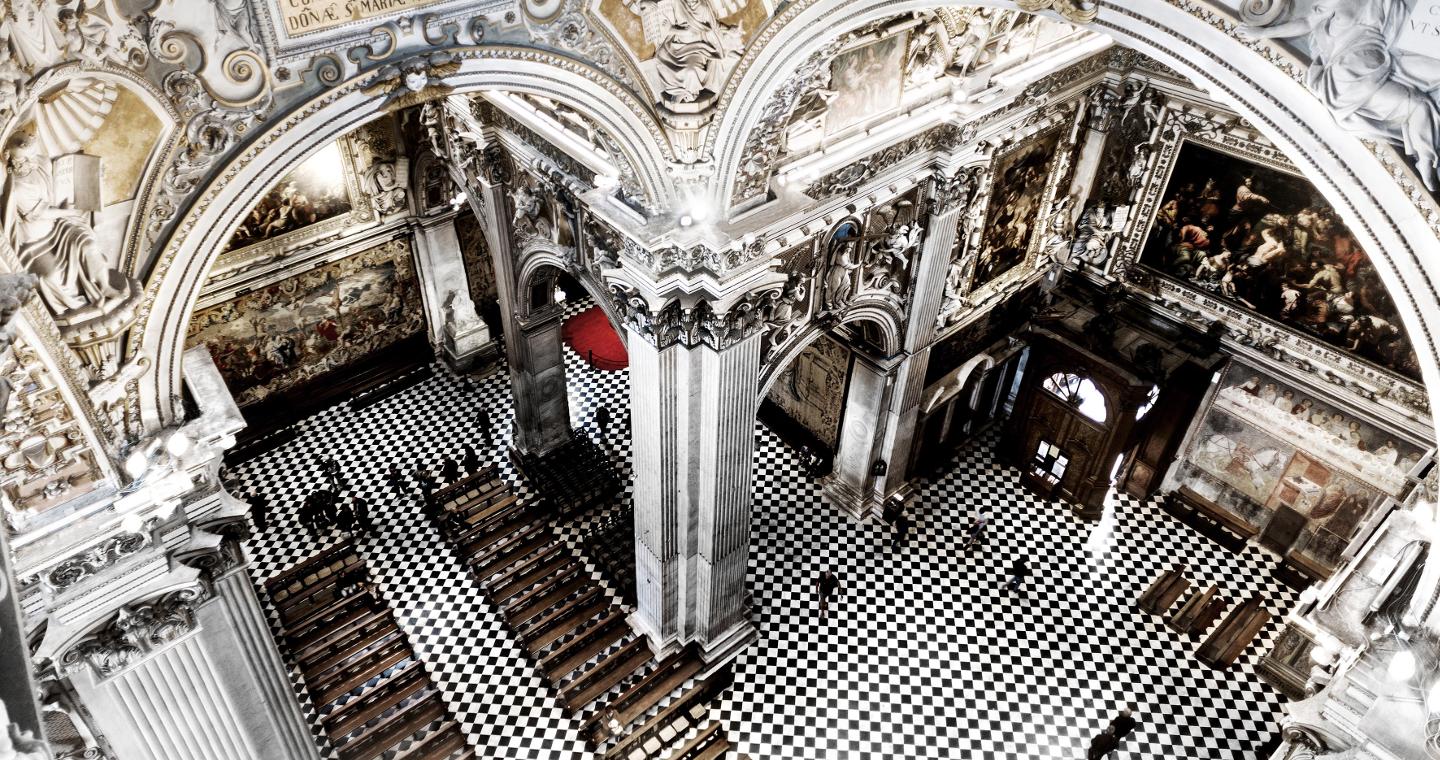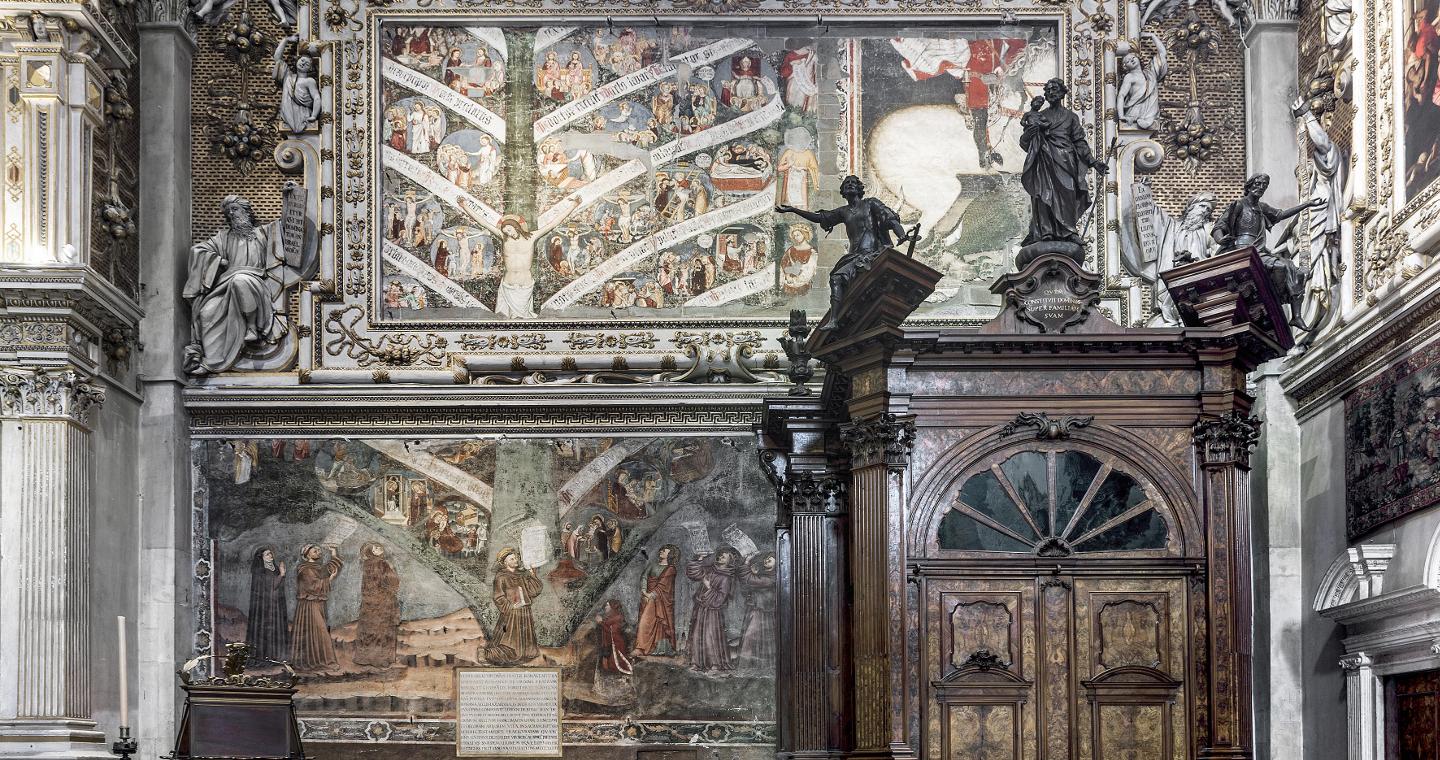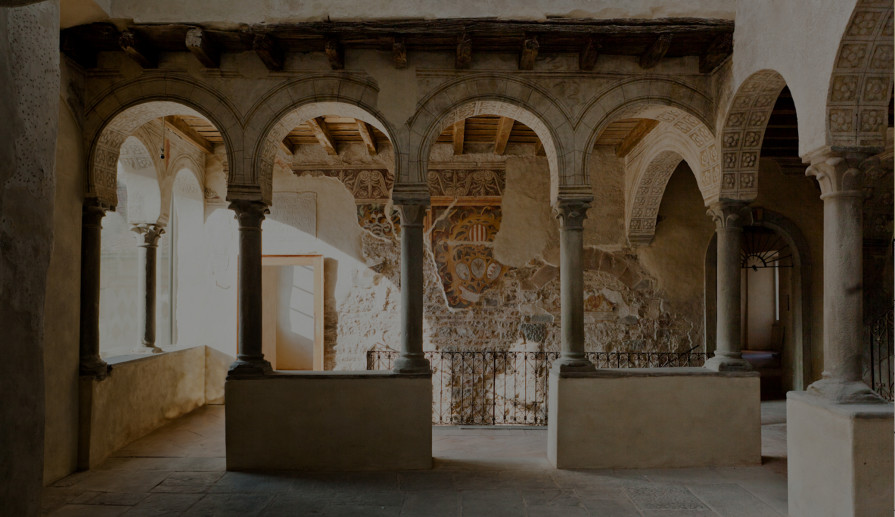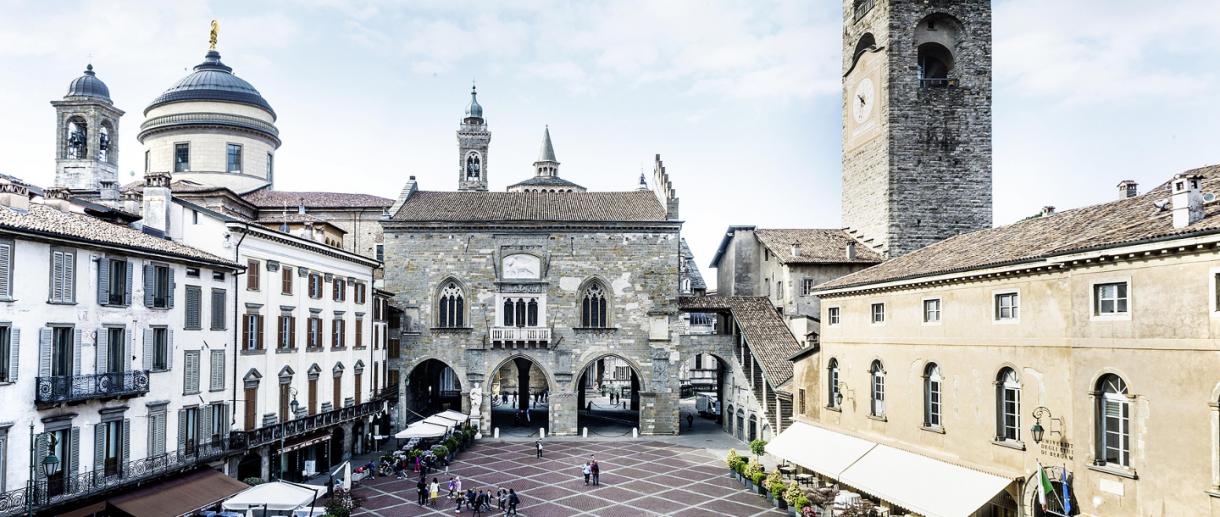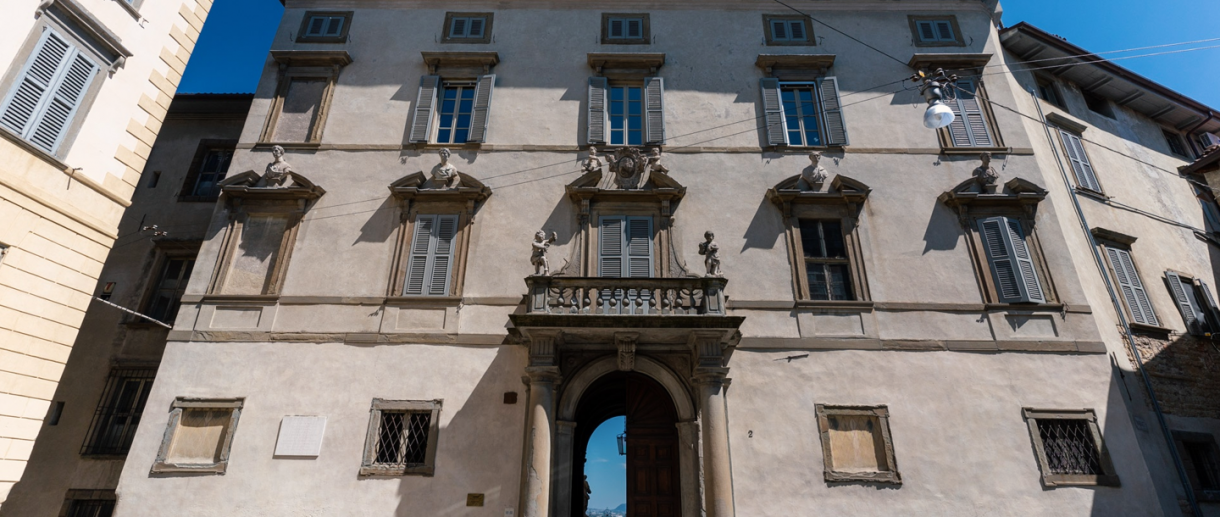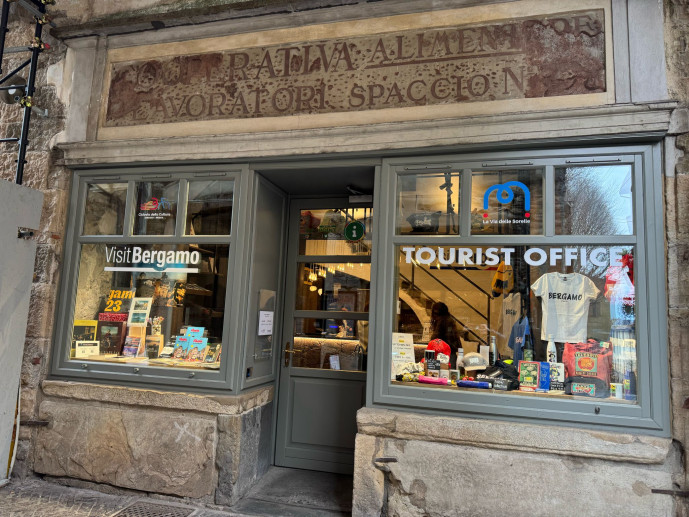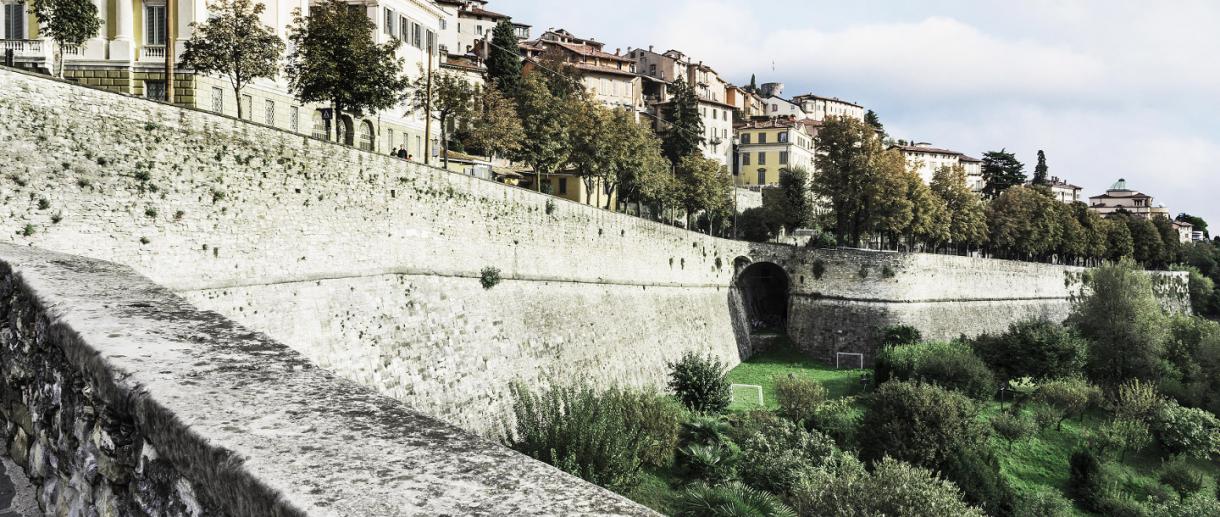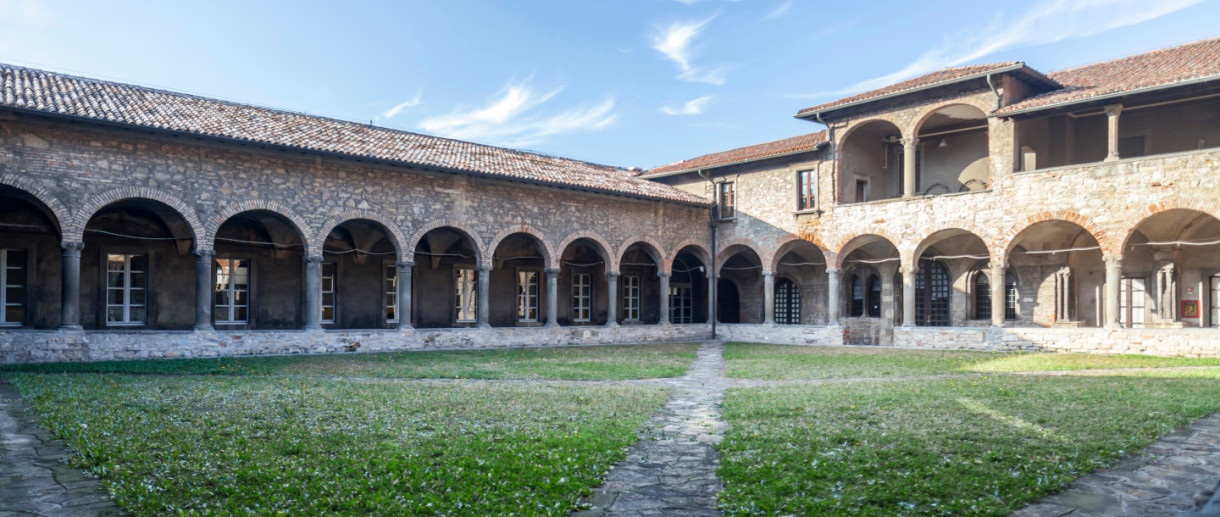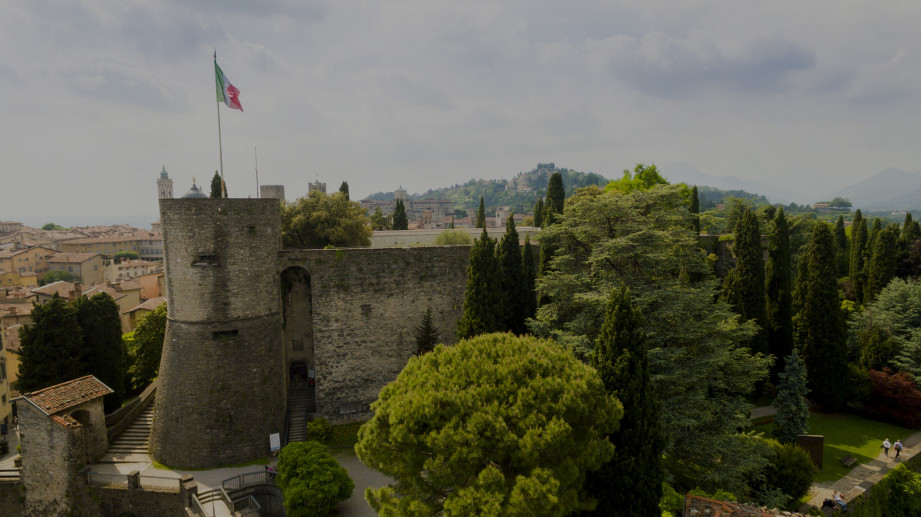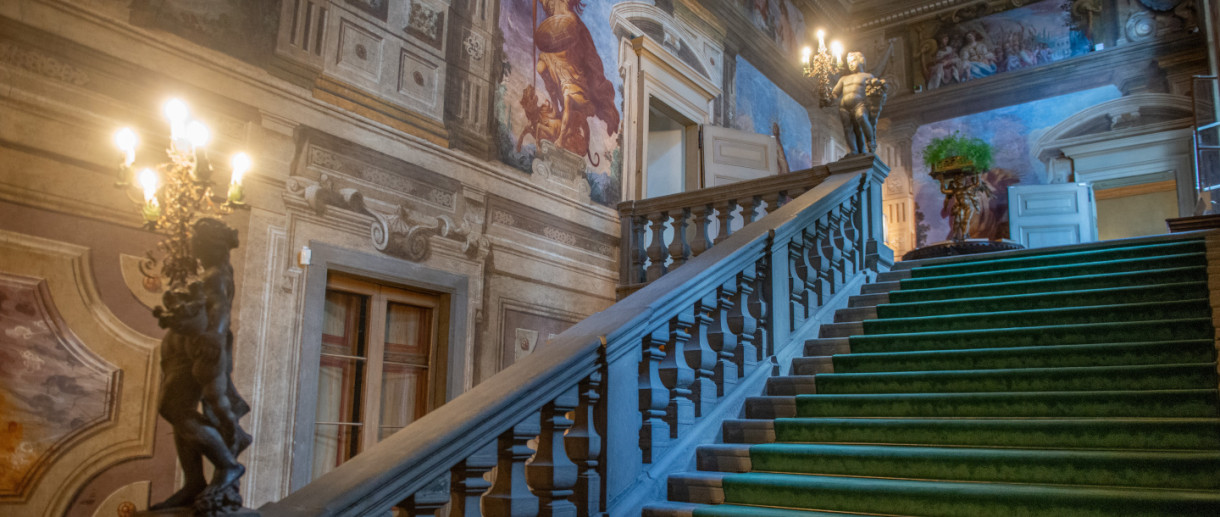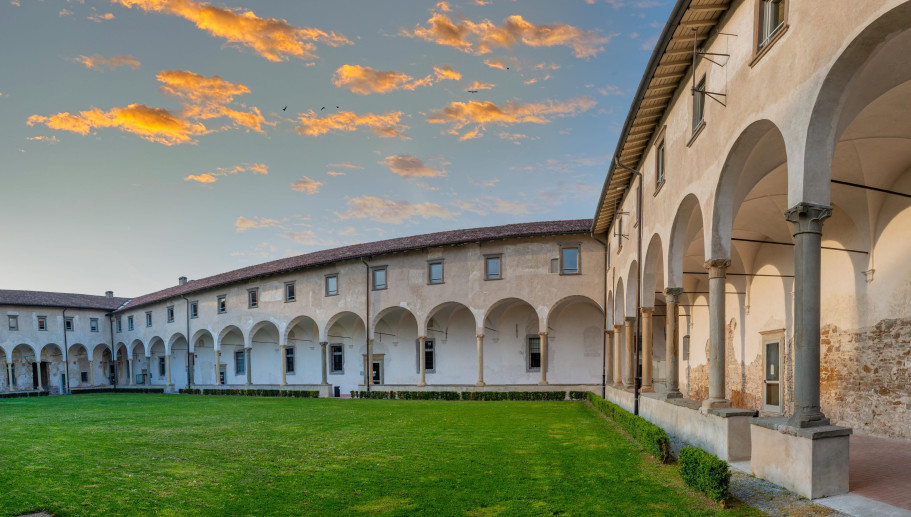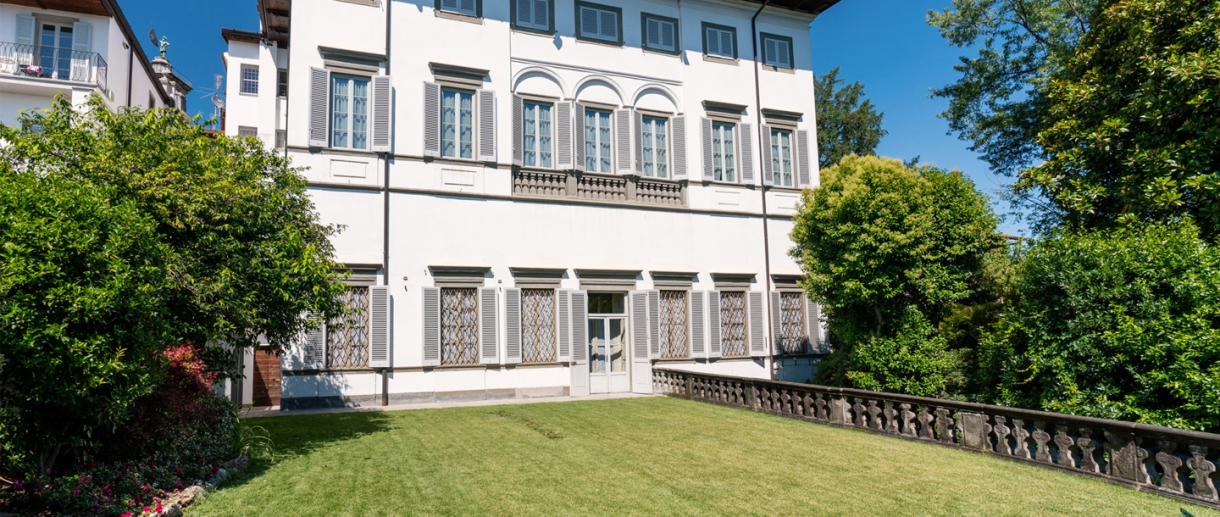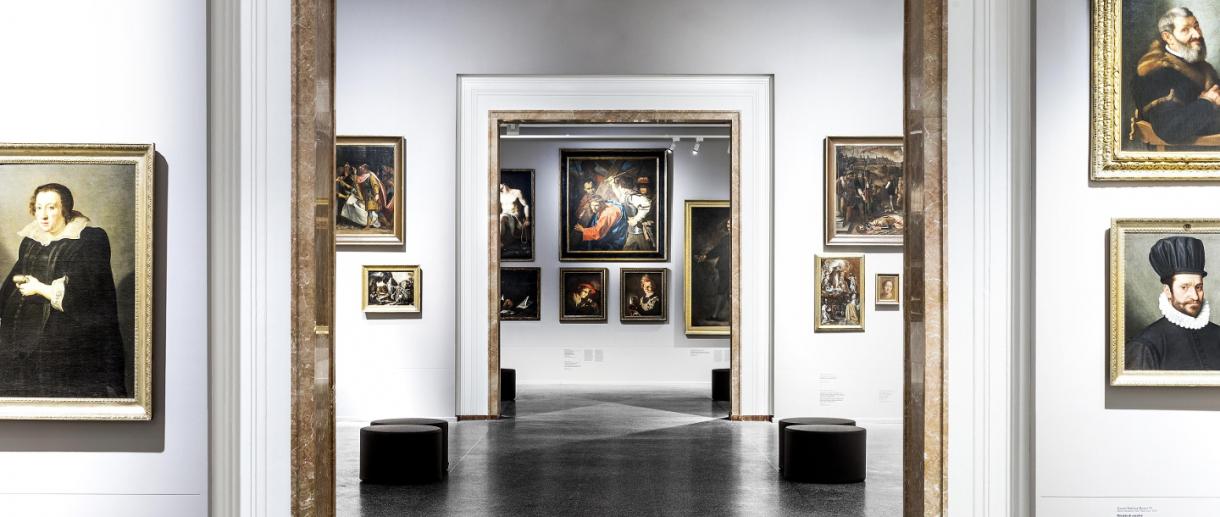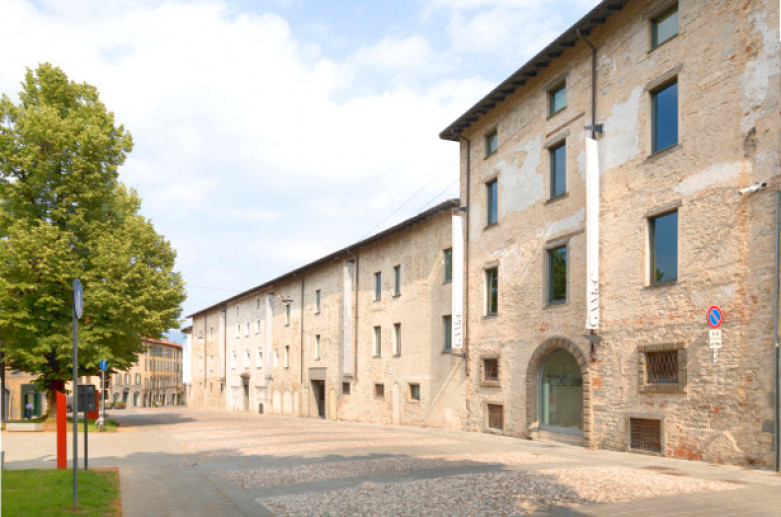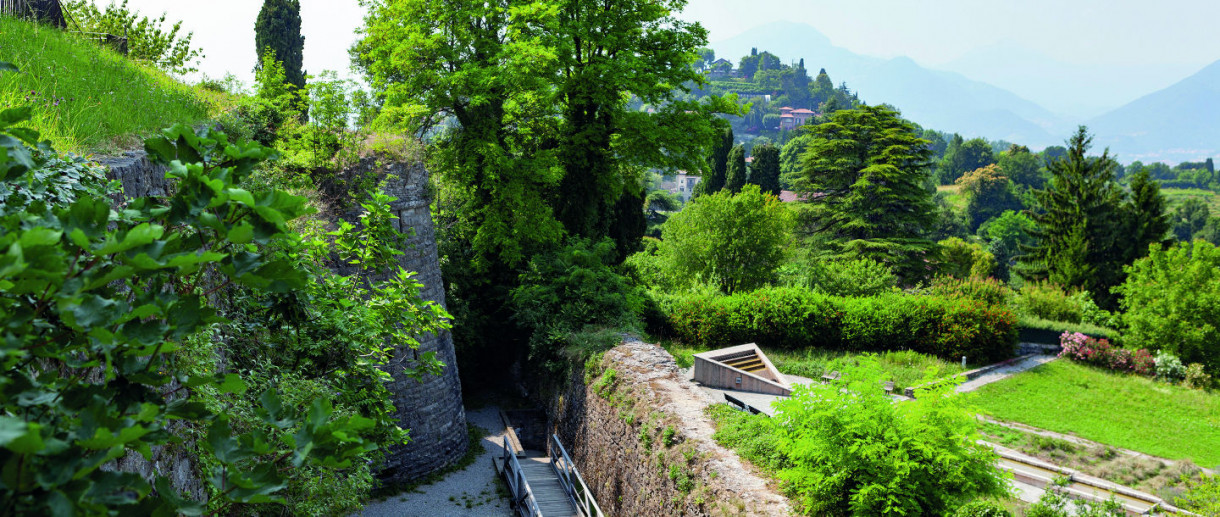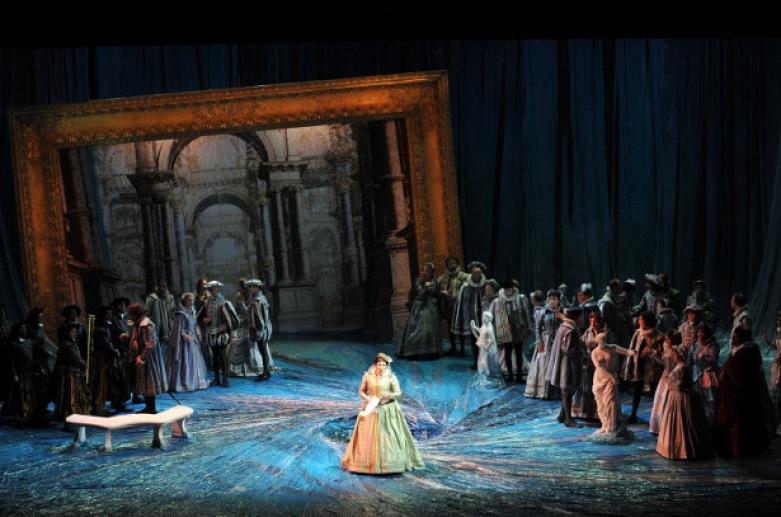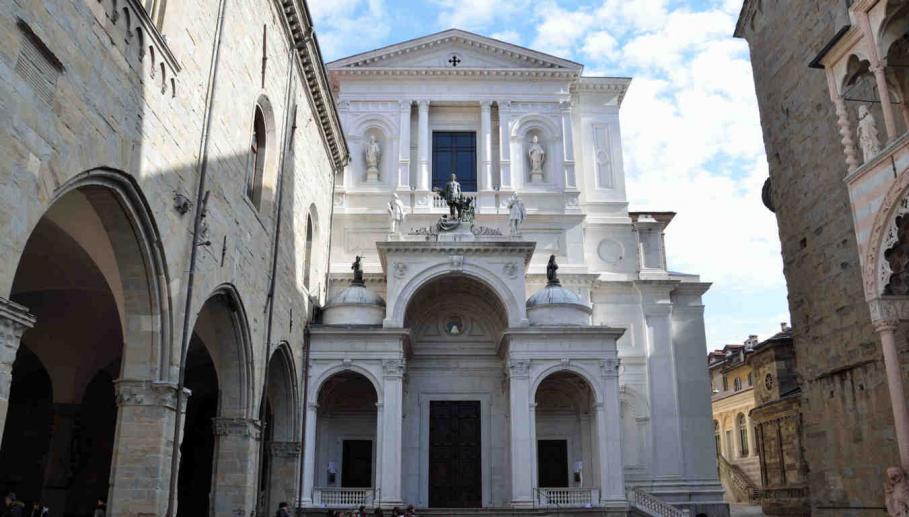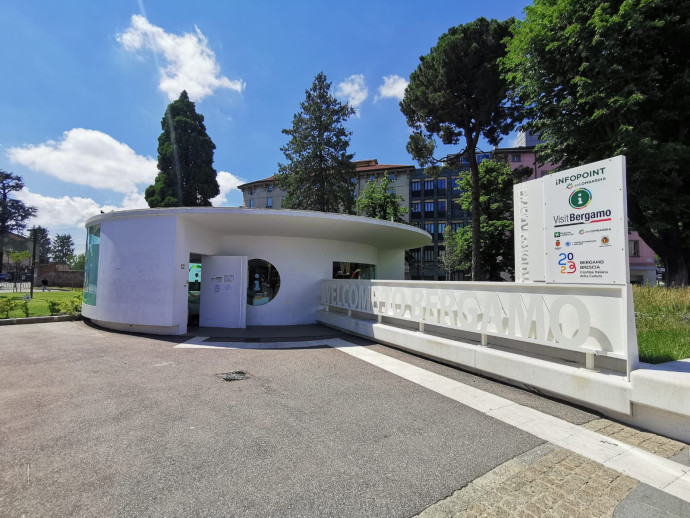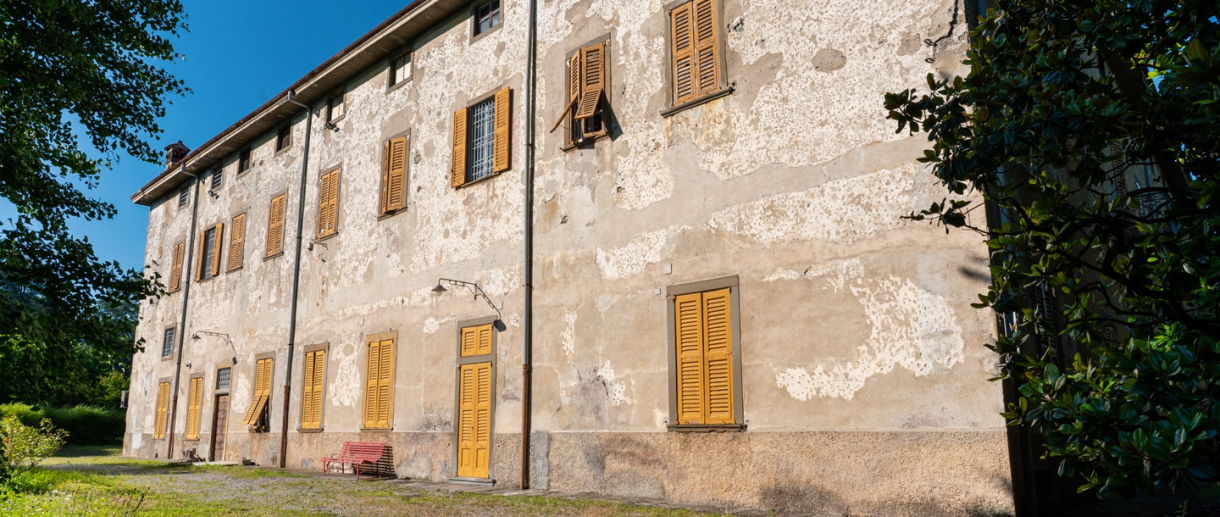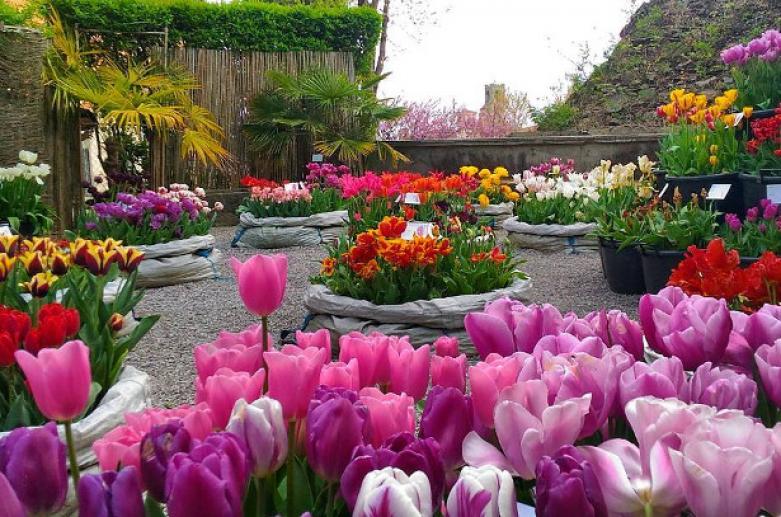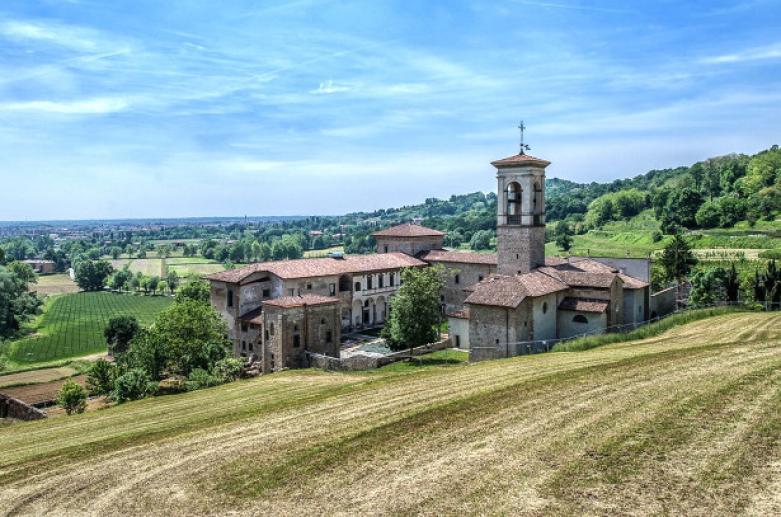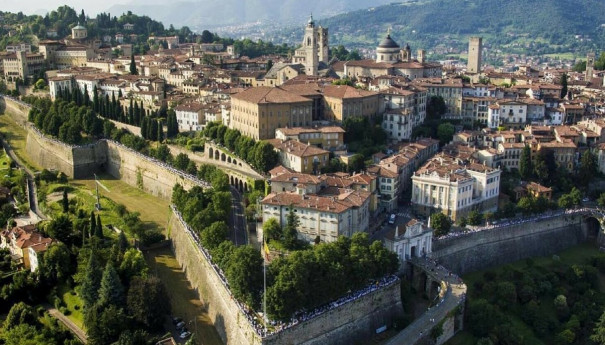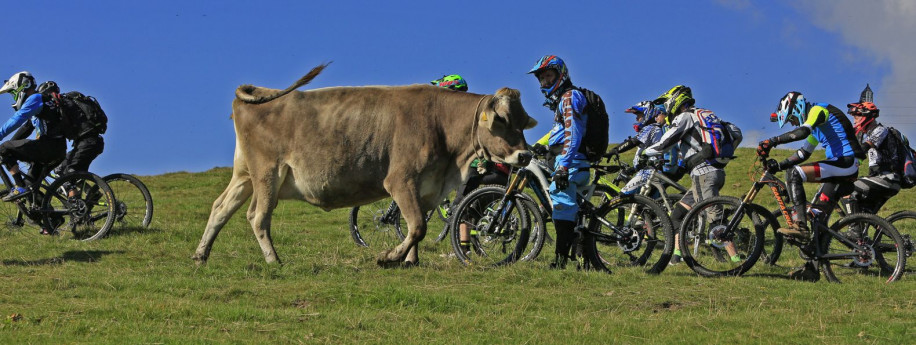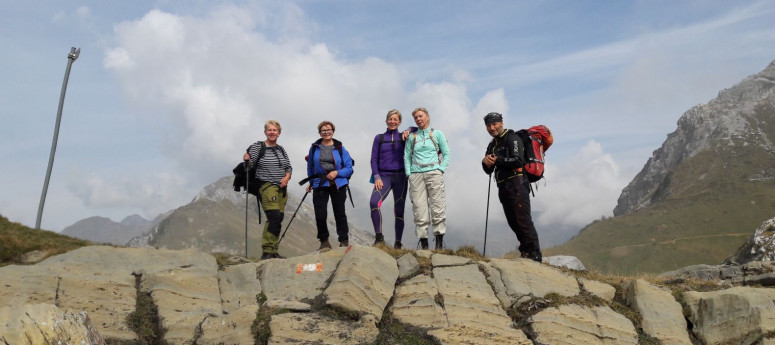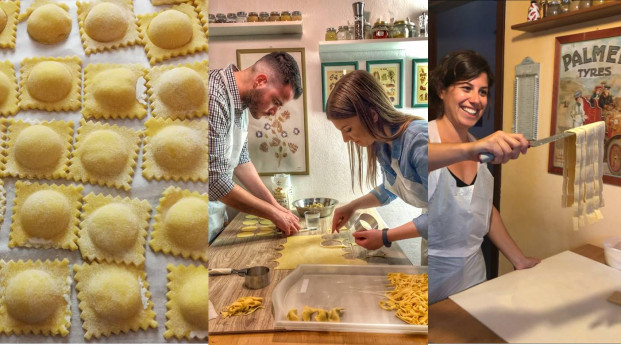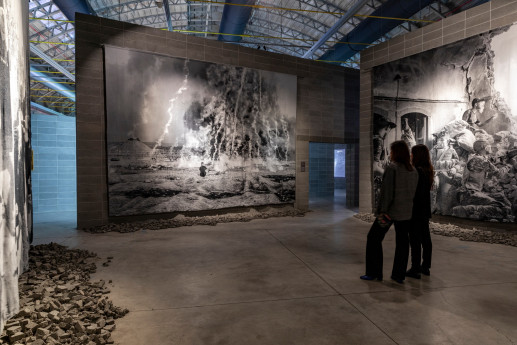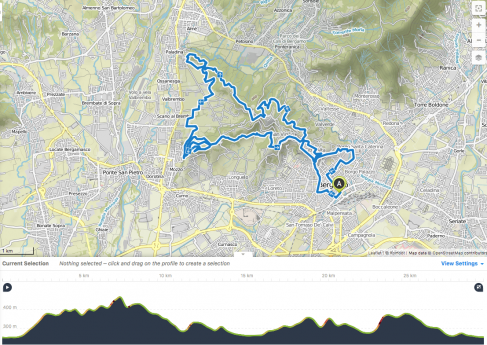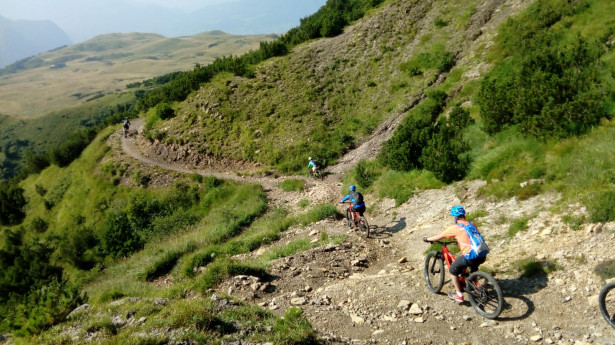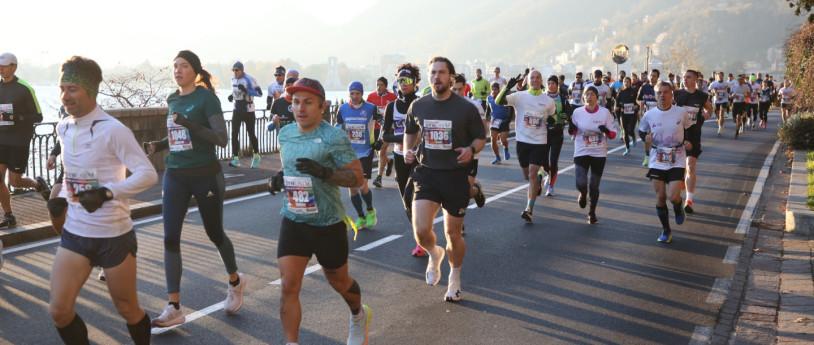- Religious Tourism
- Art & Culture
Santa Maria Maggiore Basilica
Frescoes, tapestries, inlays. Romanesque outside, baroque inside. In Bergamo, the Basilica of Santa Maria Maggiore is a story in the story
The Santa Maria Maggiore Basilica, in the splendid setting of Bergamo's upper city known as città alta,stands on piazza del Duomo,between the city's dense network of streets.
Built in the second half of the 12th century, the basilicahas a typically Romanesque exterior, while the interior décor is reminiscent of the brilliant Baroque style. The citizens of Bergamo commissioned the construction of the basilica as a votive offering to theVirgin Mary, in the hopes that she would bringa long period of drought to an end. While the basilica was completed in the 13th century, work continued there all the way up to the18th century.
The Basilica of Santa Maria Maggiore, which dates back to this latter age, is located in the heart of the Città Alta,nestled between piazza Vecchia and piazza Rosate, in the noblest part of historic Bergamo, surrounded by Venetian walls. Its urban and religious importance is confirmed by two facts: the first is that the building is devoid of a façadein the traditional sense, but actually boasts two of them.
Today, although the façade does not have a central entrance (due to its position next to the bishop's palace), you can enter the complex from three doors. The grandest entrance is on the left side of the building, the door of the Red Lions, while the other two are the White Lion door and the Door of the Fountain, the latter by Pietro Isobello.
The church stands on the ruins of another smaller one, also dedicated to the Virgin Mary. Little is known of the man responsible for its creation - Magisterium Fredo –known as one of the Masters of Como. The churchbears the imprint of the Romanesque stylethat was typical of the era, enriched with influences withvarious geographical origins, even from Europe, such as the Rhine region. Of the five original apsestwo have survived, the centre apse and the one to the southwest.
The construction pattern of the walls provides traces of the various eras theywere constructed in, clearly influenced by the resources available at the time: large, regular and well-squared blocks are found on the eastern part of the first lower row; smaller and irregular blocks are positioned in the rest of the wall. The colour of the sandstone is warm and varied, in shades ranging from a soft yellow-amber to stone grey.
Opening hours
Monday: only on request
Tuesday - Thursday: 10:30 - 12:00 e 14:30 - 17:30
Friday e Saturday: 10:30 - 17:30
Sunday: 9:00-10:15 e 13:30-17:30
Admission is free
